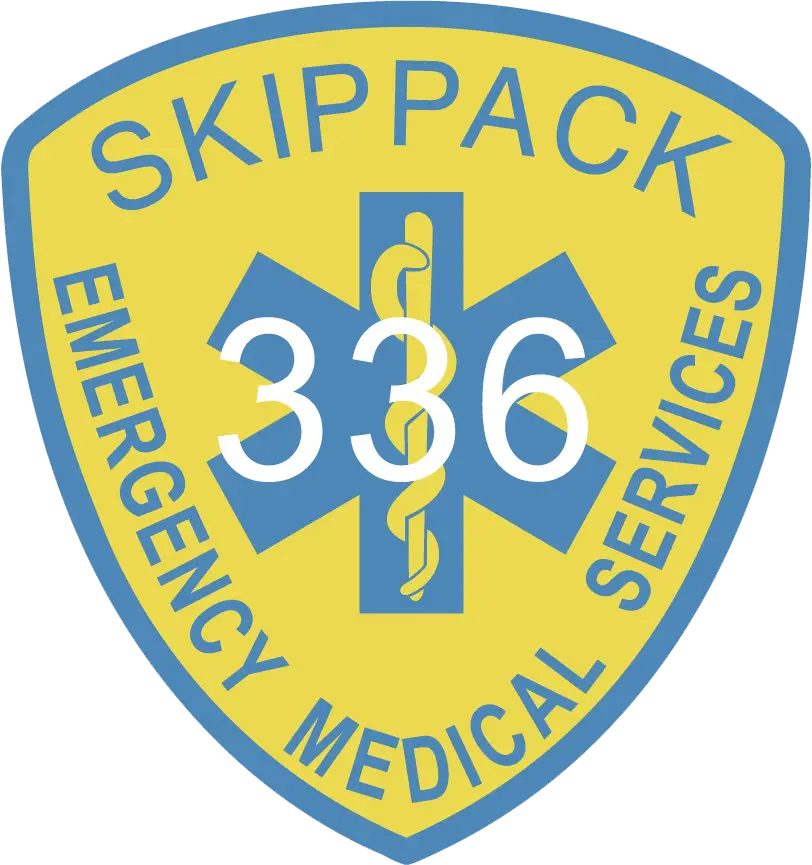When you call 911, a dispatcher will guide you with instructions to manage the situation until emergency services arrive. Often, a police officer is the first to reach the scene, ensuring safety and order. They are typically trained in basic first aid and can provide initial assistance.
Emergency medical services (EMS) respond as swiftly as possible, dispatching the nearest available unit to your location. It’s crucial for drivers to pull over and stop when they see or hear emergency vehicles approaching, ensuring a clear path for these responders.
The arriving EMS team comprises a Basic Emergency Medical Technician (EMT) and a highly skilled Paramedic. This team is equipped to offer Advanced Life Support, performing necessary interventions to stabilize patients in both medical and traumatic emergencies.
Their primary goal is to assess the situation rapidly, provide immediate care, and, if necessary, transport the patient to the most suitable hospital. The choice of hospital depends on the specific medical needs of the patient and the hospital’s capabilities.
Emergency situations can be stressful, and emotions run high. It’s important for everyone involved to cooperate with the emergency team, as they work with the patient’s best interests in mind.
How You Can Help During an Emergency:
- Stay Calm: Keeping your emotions in check helps you think clearly and assists the responders.
- Provide Accurate Information: Answer the EMS team's questions concisely and accurately, focusing on the incident's specifics.
- Keep the Scene Clear: Avoid overcrowding the area and let the professionals do their job without interference.
Information You May Need to Provide
- Personal Details: Such as name, age, address, and contact information.
- Medical History: Including any chronic conditions, past medical events, and surgeries.
- Current Medications: List all medications, including dosages and any over-the-counter or herbal supplements.
- Allergies: Especially to medications, noting any specific allergic reactions.
What to Expect from EMS:
- Physical Examination: Expect a thorough assessment, respecting your privacy and dignity.
- Advanced Procedures: Depending on the situation, interventions like airway management, cardiac pacing, or intravenous therapy may be necessary.
The combination of quick, informed decision-making and timely medical intervention is key to effective emergency care. By understanding the process and cooperating with emergency responders, you contribute to a safer community and better outcomes in emergencies. Stay informed, be prepared, and remember, your actions can make a difference.

